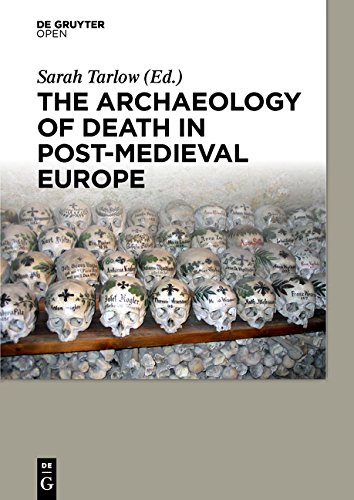
The Archaeology of Death in Post-medieval Europe
by Sarah Tarlow (ed.)
Publisher: Walter de Gruyter & Co. 2015
ISBN/ASIN: 3110439727
Number of pages: 237
Description:
There is now a real appetite on the part of those researching the burial practices of the last 500 years or so for an opportunity to present and discuss our work. This volume represents, we hope, an early contribution to an international discussion of what is still a new and fragmented area of archaeological research.
Download or read it online for free here:
Download link
(multiple PDF files)
Similar books
 Aztec Ruins National Monument
Aztec Ruins National Monumentby John M. Corbett - National Park Service
Aztec Ruins National Monument consists of an enclosed area containing six major archeological complexes of rooms and structures, and at least seven smaller mounds which may contain structures or may be refuse mounds from the larger occupation zones.
(6340 views)
 Landscape Archaeology between Art and Science
Landscape Archaeology between Art and Scienceby Sjoerd J. Kluiving, Erika Guttmann-Bond (eds) - Amsterdam University Press
This volume is focusing on the definition of landscape as used by processual archaeologists, earth scientists, and most historical geographers. It provides a rich foundation for discussion, and the papers in this collection cover a variety of topics.
(5756 views)
 Mesopotamian Archaeology
Mesopotamian Archaeologyby Percy S. P. Handcock - Macmillan & Co.
In addition to the chapters which deal expressly with the cultural evolution of the dwellers in Mesopotamia, two chapters are devoted to the Cuneiform writing -- its pictorial origin, the history of its decipherment, and the literature...
(8692 views)
 Stonehenge: Today and Yesterday
Stonehenge: Today and Yesterdayby Frank Stevens - Sampson Low, Marston & Co.
Amongst the many stone circles scattered over Great Britain, Stonehenge is unique, in the fact of having its stones carefully though roughly worked; and also in the introduction of the horseshoe within the circles, in the design of the building.
(6930 views)